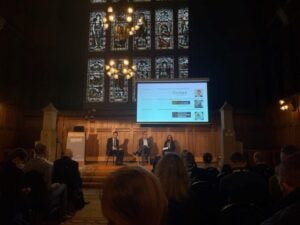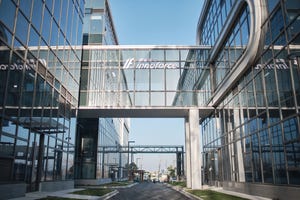
Current payment models must change to make gene therapies more accessible, say experts.
The cost of gene therapies continues to be a hot topic in the industry. Last month, CSL Behring’s one-time gene therapy Hemgenix (etranacogene dezaparvovec) for hemophilia B received approval from the US Food and Drug Administration (FDA) with a list price of $3.5 million, making it the most expensive single-dose drug on the market.
With such hefty costs, various firms are looking at solutions that could potentially drive costs down and increase market access for patients. Francis Pang, senior vice president of market access and geographical expansion at Orchard Therapeutics, lead the panel discussion at Cell and Gene Manufacturing and Commercialization (CGMC) in Amsterdam, The Netherlands last week, telling delegates despite “2022 being a milestone year for the approval of gene therapies [with] 23 products approved so far […] we still have factors affecting” their access to market.

Francis Pang, Alexander Natz, and Elizabetta Zanon at CGMC, Amsterdam. Image c/o Millie Nelson
Alexander Natz, secretary general at European confederation of pharmaceutical entrepreneurs (EUCOPE), echoed Pang’s comments about the gene therapy space flourishing: “I have a more positive picture [about this space] when I look back at the last five years.” However, the players need to “be open to speak to payers and willing to compromise with payers [and] for payers to know if there isn’t success with the therapy, there is a money-back guarantee.”
Due to the various types of gene therapies, Pang pointed out the difficulty to create a singular payment model as “there is no one size fits all” when it comes to payment models for gene therapies.
While the experts did not delve into what specific payment models they think would work to accelerate market access, Elizabetta Zanon, director of EU public affairs and advocacy at the Alliance for Regenerative Medicine (ARM), said there is an unprecedented importance regarding innovative payment models, which are “the way forward for advanced therapies and there is a need to change the way we approach payment for these therapies.”
Beyond CSL’s one- time therapy – Hemgenix – other gene therapies such as Bluebird Bio’s Zynteglo (betibeglogene autotemcel, or beti-cel) authorized for the treatment of beta-thalassemia also come with a huge $2.8 million price tag. Additionally, Novartis’ single-dose gene therapy Zolgensma (onasemnogene abeparvovec) costs $2.1 million.
While these prices are astronomical, the industry argues that the overall cost of long-term care patients amounts to much more than that of a single dose of gene therapy.
About the Author
You May Also Like









